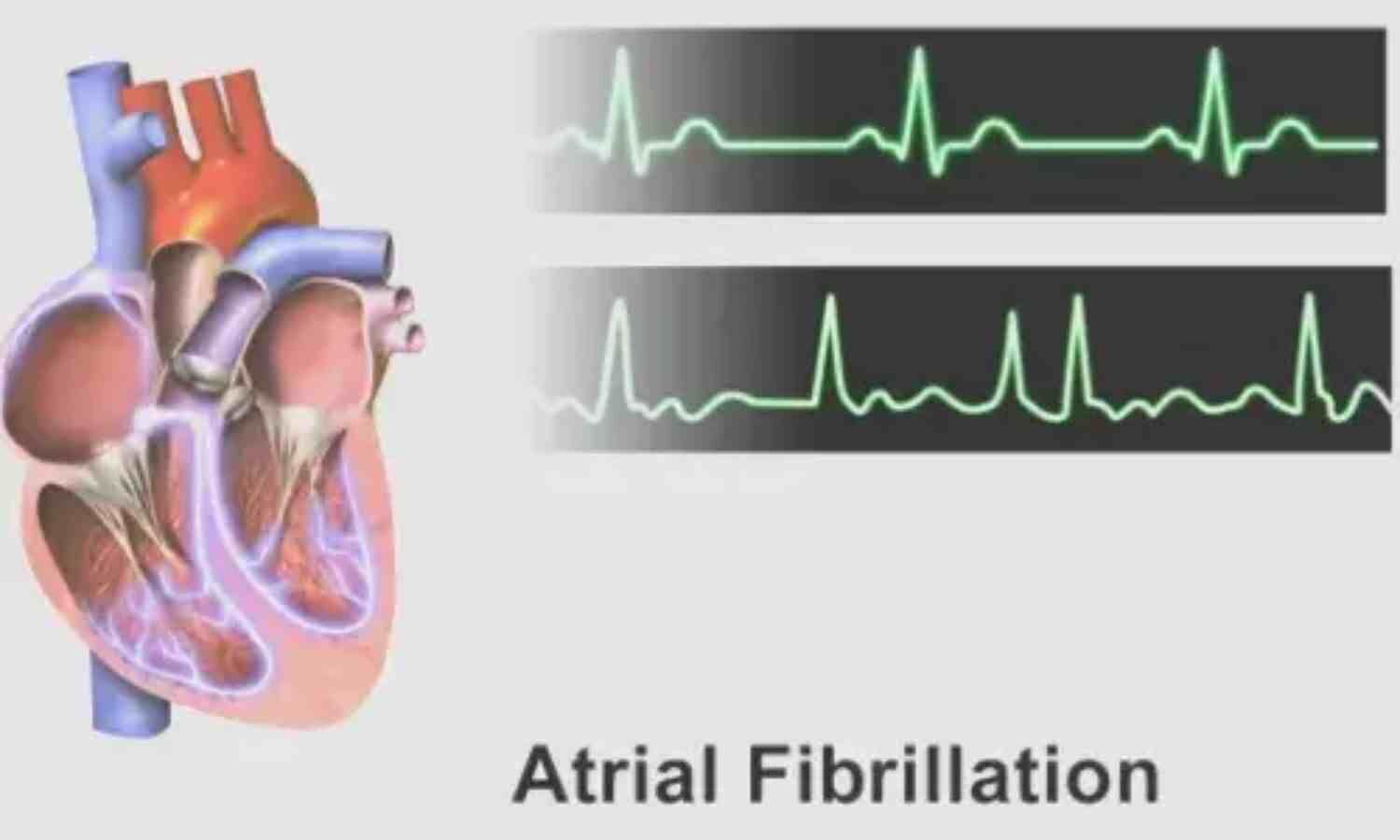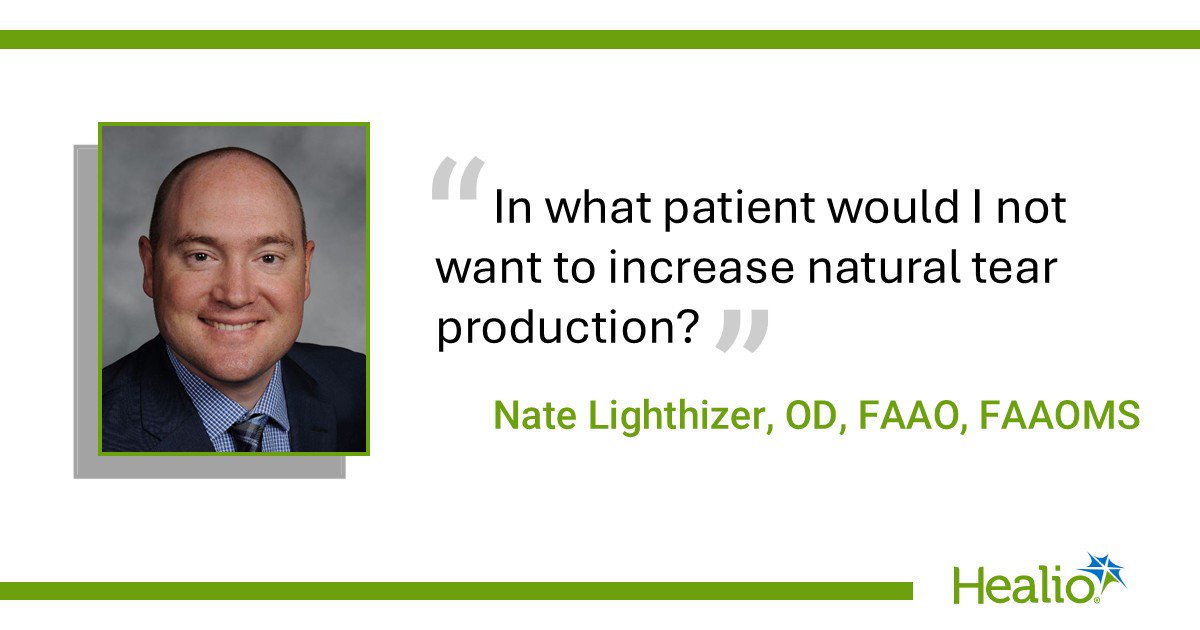August 14, 2025
7 min read
Key takeaways:
- Logistical issues with scheduling, travel and communication hinder cancer care for prisoners.
- Screening, diagnosis and determining treatment can take months longer than in the general population.
Cancer has become the leading cause of death for individuals incarcerated in U.S. prisons over the past quarter century.
Cancer mortality increased 59% between 2000 and 2016, and those who get diagnosed in prison have a 92% higher risk for death than those diagnosed outside of the system, Christopher R. Manz, MD, MSHP, assistant professor in medical oncology at Harvard Medical School, told Healio.

Yet, logistical issues such as scheduling, travel to cancer centers and communication barriers can greatly impact the cancer care these individuals receive.
“Patients don’t have autonomy to come and go, and the prison has to coordinate everything,” Manz said.
Manz and colleagues spoke with 32 people involved in health care and cancer treatment in prisons, including prison medical directors, primary care clinicians, gynecologists, medical, radiation or gynecologic oncologists, and palliative care clinicians, to gain a better understanding of cancer care and delivery for the population.
Healio spoke with Manz about what prompted this research, the overall take-home message of the findings, what can be done to improve the issues, and more.
Healio: What prompted this investigation?
Manz: I realized several years ago that when it comes to cancer disparities, one of the populations we’ve been missing is people who are incarcerated. The reason for this is that a lot of data systems we use to evaluate cancer outcomes don’t include people who are in jails and prisons, or if they do include them, they’re somewhat invisible.
There are a lot of reasons to worry about what cancer outcomes would look like for someone who’s incarcerated. Health care in prisons is difficult to deliver and the outcomes are often not great. Plus, people who get incarcerated often have poor access to health care before they get incarcerated. They also often have unstable job situations, low income and low educational attainment — all these characteristics that we otherwise also associate with bad cancer outcomes.
Healio: What was take–home message from your interviews?
Manz: The process of delivering cancer care, which is everything from getting a diagnosis and delivering screening to providing cancer treatment, follow-up and even end-of-life care, is very complicated in the community setting, but it’s much more complicated when people are incarcerated. Those basic logistics of how care gets delivered end up being very important for the care that patients ultimately receive.
Healio: Can we go through a hypothetical patient that gets diagnosed with cancer in prison?
Manz: Cancers are usually diagnosed because someone has a symptom that leads to a workup and we find cancer, or because of screening. There are very limited data on how often screening is done within prisons. What we found is that, in general, prisons generally have screening for a few cancers, namely colorectal, breast and cervical cancers.
Lung cancer screening is not offered as much, despite the fact that people who are incarcerated seem to have higher rates of lung cancer. Part of that might be because a lung cancer screening requires a CT scan, which is usually not available in prison. Even just a screening test means coordinating a trip outside of prison.
Liver cancer screening is not recommended by the United States Preventative Services Task Force, but it is recommended by some other guidelines, and patients who are incarcerated are more likely to have liver cancer. But liver cancer screening seems to be uncommon within prisons.
If patients have new symptoms, they can talk with nurses in a prison system and eventually meet with their primary care clinician. Those clinicians need to recognize that there’s a concern for cancer and get the necessary diagnostic workup.
Healio: How do diagnostics work?
Manz: That diagnostic testing often involves leaving the prison to a local hospital to get CT scans or biopsies, and there can often be delays in that. The patient can’t advocate for it to be faster. In the community, if a patient needs a colonoscopy, biopsy, CT scan, lab work and then see an oncologist, those might all happen in tandem. In prisons, that often happens sequentially, so it takes 2 or 3 months to get a diagnosis even after a cancer is already suspected.
Healio: Do prisoners see oncologists, and how are they treated?
Manz: In almost all the prison systems, oncologists are based outside of the prison itself. That involves more visits outside of prison, which require security and transportation. It requires the prison system to set it up, and the folks who are setting it up don’t know the time frame in which these visits should occur. Sometimes there can be delays in getting the necessary appointments.
[For treatment], they’re going back and forth between prison and the cancer practice. Usually these are community-based practices that are near the prison.
Healio: What are the logistics of arranging travel?
Manz: People who aren’t incarcerated are generally responsible for getting themselves to appointments. They have autonomy to do that. You might think in prison that’s taken care of, and to an extent that’s correct. The prison is going to transport people, but it actually is far more complicated than that because every patient who’s incarcerated needs to be accompanied by security.
If they’re going by themselves, then that’s usually going to require two security guards. Plus, they need a vehicle to transport them. If a lot of people need cancer care, that’s a lot of additional staff. There are also the schedulers within the prison system who have to schedule both the patient care and security side of things. It adds a huge layer of complexity.
The patients have very limited autonomy to be able to coordinate their care, and the oncologists who normally help facilitate scheduling and coordinate care can’t control what happens within the prison, so it shifts responsibility to a prison system.
Healio: How is communication impacted?
Manz: There are often restrictions on what the clinicians can tell patients because prisons are worried about patients coordinating escape attempts. The downstream implications of that are patients don’t know when something is going to happen. That complicates the basics of getting people to where they’re supposed to be and understanding why they need care at certain times.
Healio: What about symptom management?
Manz: For my patients, I prescribe their medicines directly to address their symptoms, and if they have any issues, they just give me a call. When people are incarcerated, they can’t just call their oncologist. The prisons end up delivering those medicines, and when patients have complaints, they go to the primary care doctors who aren’t really trained to manage cancer symptoms.
On top of that, incarcerated patients cannot keep most medicines on their person within a cell. They can only get symptom medications at scheduled medication administration times, which are three or four fixed times per day. Patients cannot easily receive “as needed” medicines that they take whenever symptoms start, like they would at home. Or, if a patient really needs medications more frequently than the scheduled times, they might have to go reside in the infirmary.
Healio: What is their care like after they leave prison?
Manz: They need to be linked to a community care provider, and the processes for such linkage are variable by state. Transitions from prison into the community, from a health care perspective, are always very challenging, even without a cancer diagnosis. There’s often not a lot of coordination between prisons and community providers.
Healio: What can be done to improve these issues?
Manz: What we know about barriers to care outside of prisons gives us a lot of hints about ways that we can improve care.
For instance, we know that patients in the community who have a lot of obstacles getting established with care are more likely to complete treatment and survive their cancer with the use of care coordinators or patient navigators who help them work their way through the system.
While patients in prison cannot navigate their own care, we need analogous tools that help prison systems coordinate care. Prison systems aren’t set up for delivery of cancer care. Are there ways we can deliver care within prisons so people don’t have to leave as often? Are there ways we can improve how coordination works so that the prisons don’t have to figure this out all on their own?
We need to have an understanding of what works for delivering cancer care in prison and what doesn’t. There’s not going to be one size that fits all. There’s a lot of variability within and between prisons and prison systems. What might work in a very rural prison might be different than a prison that’s closer to an urban center. Patients who are very high-security level vs. minimum security. Large states vs. small states. Large prison systems with a large number of patients with cancer may be able to invest in care processes that are not feasible for small prison systems with few patients.
Healio: Some people may believe this issue isn’t important or resources should go elsewhere. What would be your response?
Manz: I think there are at least three arguments. Legally, incarcerated people have a constitutional right to health care based on a Supreme Court decision in the 1970s that essentially said that if you incarcerate someone and you do not provide adequate health care, that’s cruel and unusual punishment. This offers a legal incentive for prison systems to improve care.
Financially, at the end of the day, all health care in prison, even private prisons, is ultimately paid for by local, state and federal governments. Further, about 95% of people who are incarcerated in prisons are ultimately released. Most of these patients have Medicare or Medicaid. We as taxpayers are paying for a lot of their care, whether in prison or after incarceration. By improving care, we could be better stewards of taxpayer money and potentially reduce spending by delivering better cancer prevention, screening and care while we’re, or our government, in charge of their health care in prison.
Finally, I believe there is an ethical imperative to provide appropriate cancer care to people who are incarcerated. I have never heard of an individual sentenced to suffer and die from poorly treated cancer.These patients do not have freedom of movement to seek out better care if the care in prison is substandard. Thus, the prison and health care communities have an obligation to figure how to deliver cancer care with a quality that matches the care available outside of prison.
References:
For more information:
Christopher R. Manz, MD, MSHP, can be reached at christopher_manz@dfci.harvard.edu.









